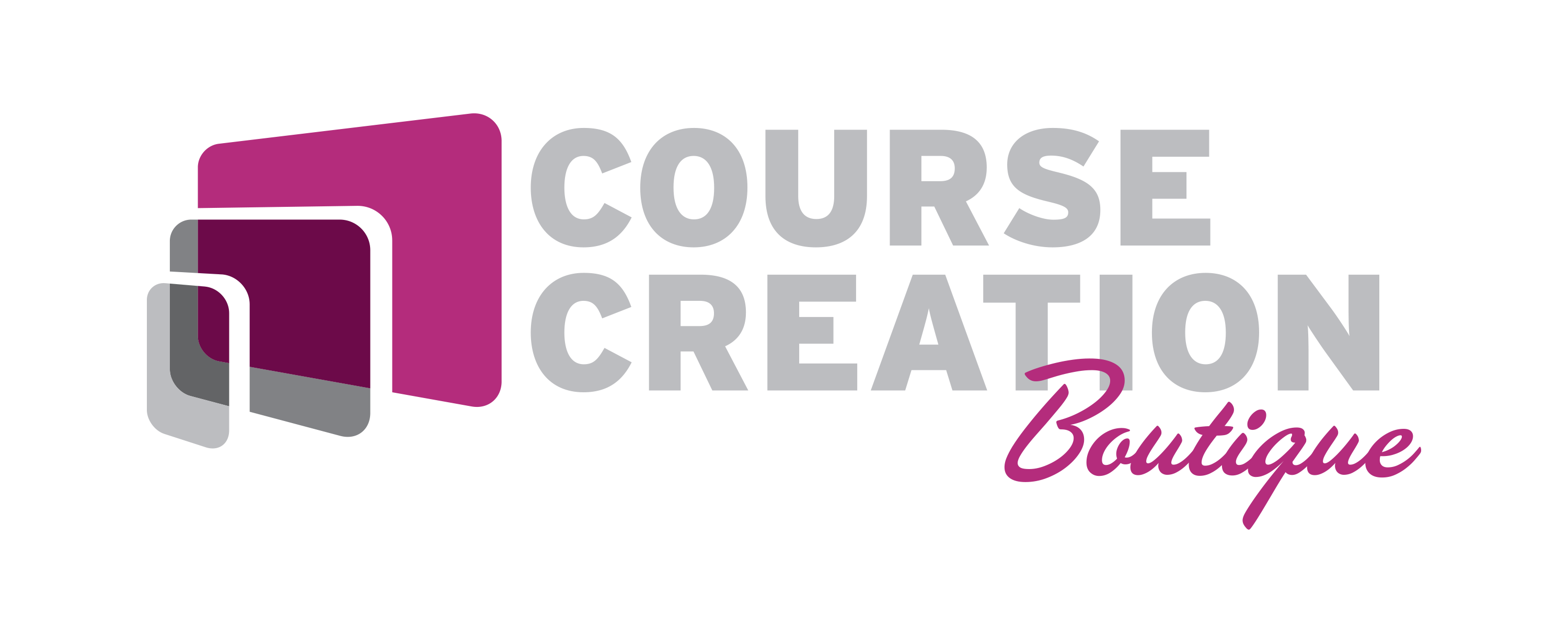Profit-Conscious Business Decisions with Serena Shoup
Know your numbers! And I’m not talking about blood pressure – today we’re all business, and the numbers that move the needles for your online business.
Talking numbers may not be as exciting as receiving the ping of every sale alert, but the bottom line matters as you’re growing a sustainable business.
CPA and bookkeeping expert Serena Shoup is on the podcast to highlight what it means to be a Profit Conscious CEO.
Serena doesn’t think of herself as a numbers “nerd,” and she loves translating numbers in a way everyone can understand.
You’ll learn the four key numbers you need to know and compare each month to become more conscious of profit in a way that’s relaxed but strategic.
Listen in to understand the ideal way to:
-
Track revenue streams to make the best strategic decisions.
-
Evaluate your numbers over time to ensure you’re growing your profit.
-
Know when you need the lift of accounting software.
-
Recognize when you need to dig in or change up offers.


